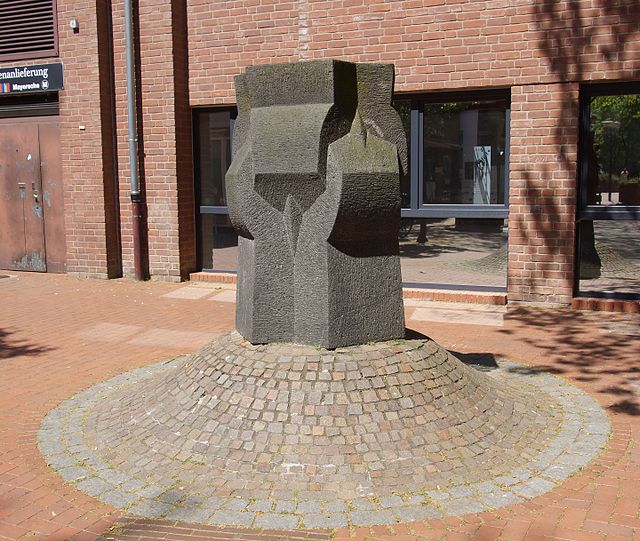The rolling hitch is a knot used to attach a rope to a rod, pole, or another rope. A simple friction hitch, it is used for lengthwise pull along an object rather than at right angles. The rolling hitch is designed to resist lengthwise movement for only a single direction of pull.
Rolling hitch
Names and reference numbers from ABOK, left to right: "Rolling Hitch (1)" (#1734), "Rolling Hitch (2)" (#1735), "Magnus Hitch" (#1736)
Image: Rolling Hitch ABOK 1734
Image: Rolling Hitch ABOK 1735
A knot is an intentional complication in cordage which may be practical or decorative, or both. Practical knots are classified by function, including hitches, bends, loop knots, and splices: a hitch fastens a rope to another object; a bend fastens two ends of a rope to each another; a loop knot is any knot creating a loop; and splice denotes any multi-strand knot, including bends and loops. A knot may also refer, in the strictest sense, to a stopper or knob at the end of a rope to keep that end from slipping through a grommet or eye. Knots have excited interest since ancient times for their practical uses, as well as their topological intricacy, studied in the area of mathematics known as knot theory.
Knot board [es] on Elbe 1 (ship, 1965)
An example of a quipu from the Inca Empire, currently in the Larco Museum Collection.
Alexander cuts the Gordian Knot, by Jean-Simon Berthélemy (1743–1812)
Gordian Knot statue (1990)





![Knot board [es] on Elbe 1 (ship, 1965)](https://upload.wikimedia.org/wikipedia/commons/thumb/d/da/Knopar_-_2017.jpg/640px-Knopar_-_2017.jpg)


